OSHA Workplace First Aid Kit Requirements
Among the most common questions we get regarding workplace safety include those surrounding details for specific OSHA first aid kit requirements.
The OSHA standard covering general workplace first aid kits is actually quite simple.
“In the absence of an infirmary, clinic, or hospital in near proximity to the workplace which is used for the treatment of all injured employees, a person or persons shall be adequately trained to render first aid. Adequate first aid supplies shall be readily available.” –29 CFR 1910.151(b) Occupational Safety and Health Standards: Medical and First Aid
But what does “adequate first aid supplies” mean when it comes to workplace safety? What will OSHA look for when coming to inspect?
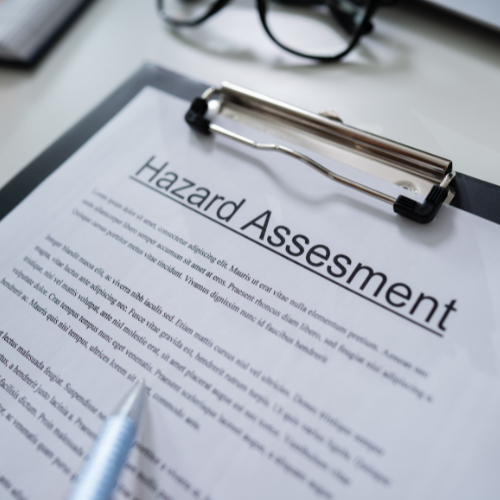
The best way to answer this question is to do a complete assessment of your workplace needs, based on employee functions and access to local medical treatment.
However, OSHA also gives recommendations to help make it easier for employers to supply adequate first aid materials.
OSHA First Aid Kit Recommendations (Non-Mandatory)

In Appendix A to Occupational Safety and Health Standard 1910: Medical and First Aid, OSHA gives the following recommendations regarding first aid supplies:
- First aid supplies are required to be readily available.
- An example of minimal contents of a generic first aid kit is described in ANSI’s “Minimum Requirements for First-aid Kits.”
- The contents of the kit listed in the ANSI standard should be adequate for small worksites.
- When larger operations or multiple operations are being conducted at the same location, employers should determine the need for additional first aid kits, as well as additional quantities and types of first aid equipment and supplies.
- Employers who have unique or changing first aid needs may need to enhance their first aid kits.
- By assessing the specific needs of their workplace, employers can ensure that reasonably anticipated supplies are available.
- Employers should assess the specific needs of their worksite periodically and augment the first aid kit appropriately.
- If a location’s employees have a reasonable risk of exposure to blood or OPIM (other potentially infectious material) while using first aid supplies, employers are required to provide appropriate personal protective equipment in accordance with the Occupational Exposure to Bloodborne Pathogens standard, such as gloves, gowns, face shields, masks, and eye protection.
ANSI First Aid Kits
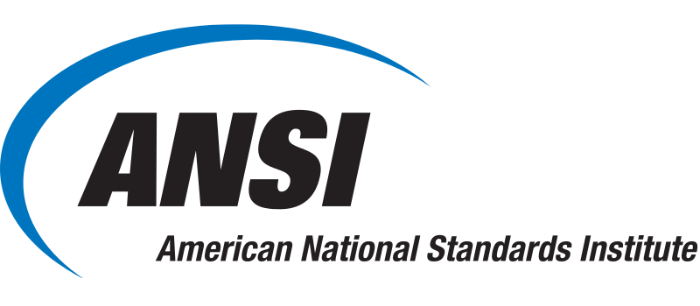
While not mandatory, OSHA directly recommends to general workplace employers, that the first aid kit provided minimally meets the standards of an ANSI-compliant first aid kit.
ANSI stands for the American National Standards Institute, which is a non-profit organization that works to facilitate and support the development of certain standards in the United States.
Fully compiled, ANSI-compliant first aid kits for general industry can be purchased in stores or online, however they will likely require supplemental items depending on the state and industry in which the business operates, and the type of hazards employees are exposed to.
It might be helpful and cost effective, depending on the size of the company, for employers to compile their own first aid kits, in which case it would be good to know what an ANSI-compliant first aid kit should include.

ANSI First Aid Kit Checklist
ANSI first aid kits are divided into two classifications, Class A and Class B.
A Class A first aid kit contains the minimum requirements for a workplace first aid kit with the basic items needed to treat common injuries.
A Class B first aid kit is meant for high-risk environments with additional and specific hazards beyond what would be expected in a typical workplace.
The following ANSI first aid kit checklists show the minimum requirements for Class A and B first aid kits and can be used as an initial guide, pending full assessment of first aid kit needs.
When OSHA comes to inspect, they will minimally want to see these items included in a compliant first aid kit.

The main difference between Class A and Class B first aid kits is the quantity of the individual items, with a few additional items for larger-scale injuries.
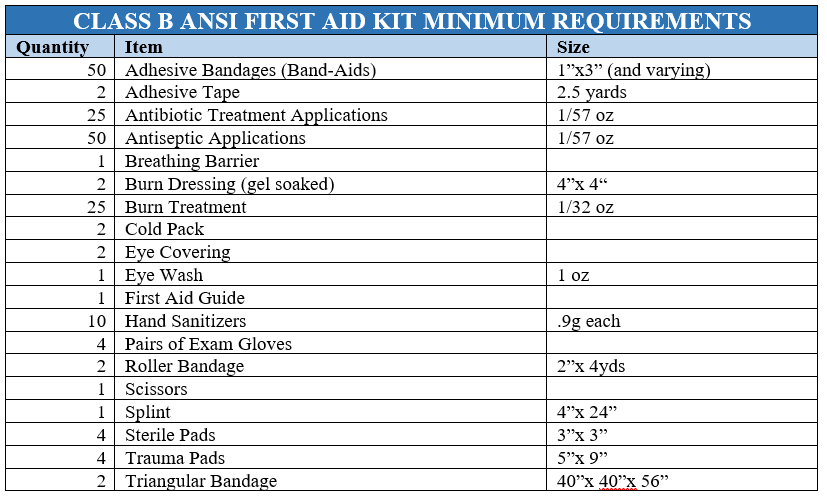
In addition to the above, ANSI recommends including a non-drowsy analgesic (pain reliever drug).
There may also be requirements for facilities that use certain chemicals to maintain treatments for chemical exposures as a part of its HAZMAT or Hazard Communication program.
Depending on the size of the workplace and how many employees it has, more than one kit may be required in multiple locations to provide “adequate” first aid supplies. This is something that should be worked out as part of an initial safety assessment.
California Workplace First Aid Requirements

As a large portion of our clients operate in California, we want to provide further information regarding what should be included in first aid kits for companies that operate in this state.
Cal/OSHA Standard 3400 – First Aid Kits gives the following table as its minimum requirement of items to be included in a general industry first aid kit, based on the number of employees working at a particular location.
This checklist has been updated to reflect proposed state standard revisions as of April 2022.

Cal/OSHA First Aid Standard
The specific first aid standard requirements mandated by Cal/OSHA under Standard 3400. Medical Services and First Aid, and most recently updated in April 2022, are outlined as follows:
- (a) Employer shall ensure the ready availability of medical personnel for advice and consultation on matters of industrial health or injury.
- (b) In the absence of an infirmary, clinic, or hospital, in near proximity to the workplace, which is used for the treatment of all injured employees, a person or persons shall be adequately trained to render first aid. Training shall be equal to that of the American Red Cross or the Mine Safety and Health Administration.
- (c) Employers shall evaluate the need for first-aid supplies and shall ensure that there are adequate quantities and types of first-aid materials, readily available for employees on every job.
- (1) Such materials shall be kept in a sanitary and usable condition.
- (2) A frequent inspection shall be made of all first-aid materials, which shall be replenished as necessary.
- (3) At a minimum, employers shall furnish at least one first-aid kit containing the types and quantities of materials as determined by an employer-authorized, licensed physician or as listed in Table 1. Based upon its size and the type of hazards in the workplace, employers shall evaluate the need for:
- (A) Additional first-kits kits.
- (B) Additional types or quantities of first-aid equipment and/or supplies.
UPDATE: Physician Approval of First Aid Kits
In California, it was previously a general requirement that first aid kits must by reviewed and authorized in writing by a licensed physician.
Based on a petition from a Safety Consultant in 2010, and a subsequent meeting held by the California Occupational Safety and Health Standards Board in April 2022, this requirement has been revised to reflect the above.
If your facility requires additional equipment to that listed in the table above, these items must be reviewed and authorized by an employer-approved licensed physician. Otherwise, you are generally safe to use an ANSI-compliant kit.
The best option is to have a professional company, such as B&W Compliance, come in and assess your facility to ensure you are providing everything necessary for the safety and care of your employees.
Expired First Aid Kit Items
Out of the hundreds of facilities we inspect on a yearly basis, expired first aid kit items is number three on the list of negative observations, just below fire extinguisher issues and posting of OSHA-required posters and signage.
It’s important to regularly go through first-aid kits to ensure items that are used up or expired are removed and replaced.
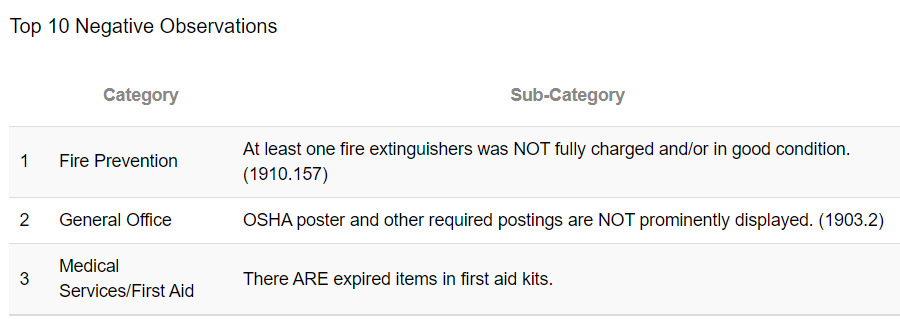
New First-Aid Kit Requirements Oct 15, 2022
The International Safety Equipment Association has made proposals and received approval for an update to requirements of ANSI-compliant first aid kits. While these are not OSHA-mandated requirements, they will fall under OSHA’s recommendations for use of an ANSI-compliant first aid kit.
The updates to this standard will be in effect as of October 15, 2022.
The updates will minimally include:
- Mandatory Foil Blankets;
- More specific requirements for Tourniquets;
- Additional details on requirements for Bleeding Control Kits;
- Increased quantities of hand sanitizer;
- More focus on Workplace Hazard Assessments to determine kit contents;
The Director of Product Development and Innovation at Cintas First Aid & Safety, and Chair of ISEA’s First Aid Product Group, Todd VanHouten, recently announced the update and had this to say about the revisions:
“Employers should check their first aid cabinets against the new standard and make the necessary changes.”
“In determining which class of kit is more appropriate for a given workplace, employers should conduct a workplace hazard assessment to first decide if a Class A or Class B minimum fill best fits the type of hazards at the facility.”
Employers are encouraged to inspect first aid kits “at least monthly” or “following a first aid incident when product is used,” and to disinfect cabinet surfaces regularly.
We Are Here to Help!
At B&W Compliance, we regularly assess our clients’ needs to ensure employers have up-to-date first aid kits, as each type of workplace environment will have different requirements.
As always, if you have any questions regarding this topic, please don’t hesitate to reach out to our office or your personal consultant for more information.
Is Your Business OSHA Compliant?
Find out by completing our OSHA Workplace Compliance Survey below.
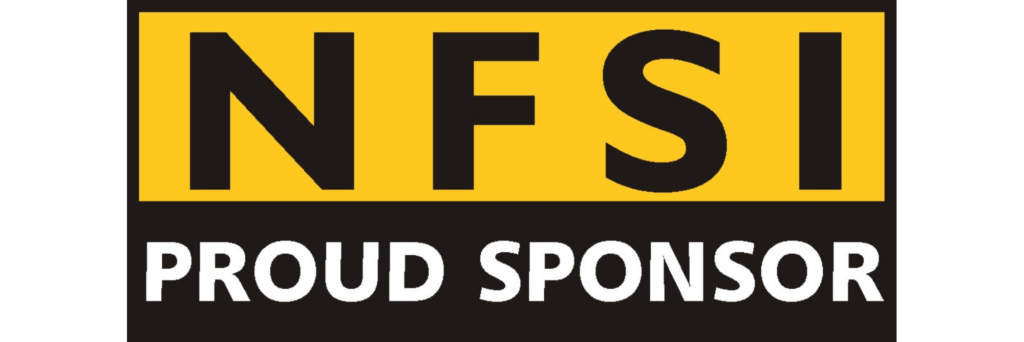
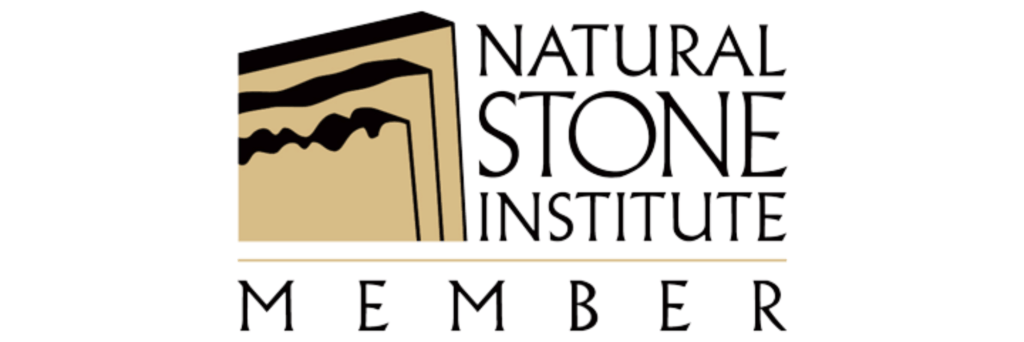
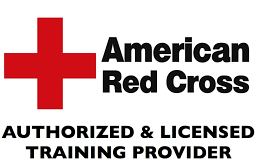
Thanks
Is a Kitchen environment required to have a First Aid Kit